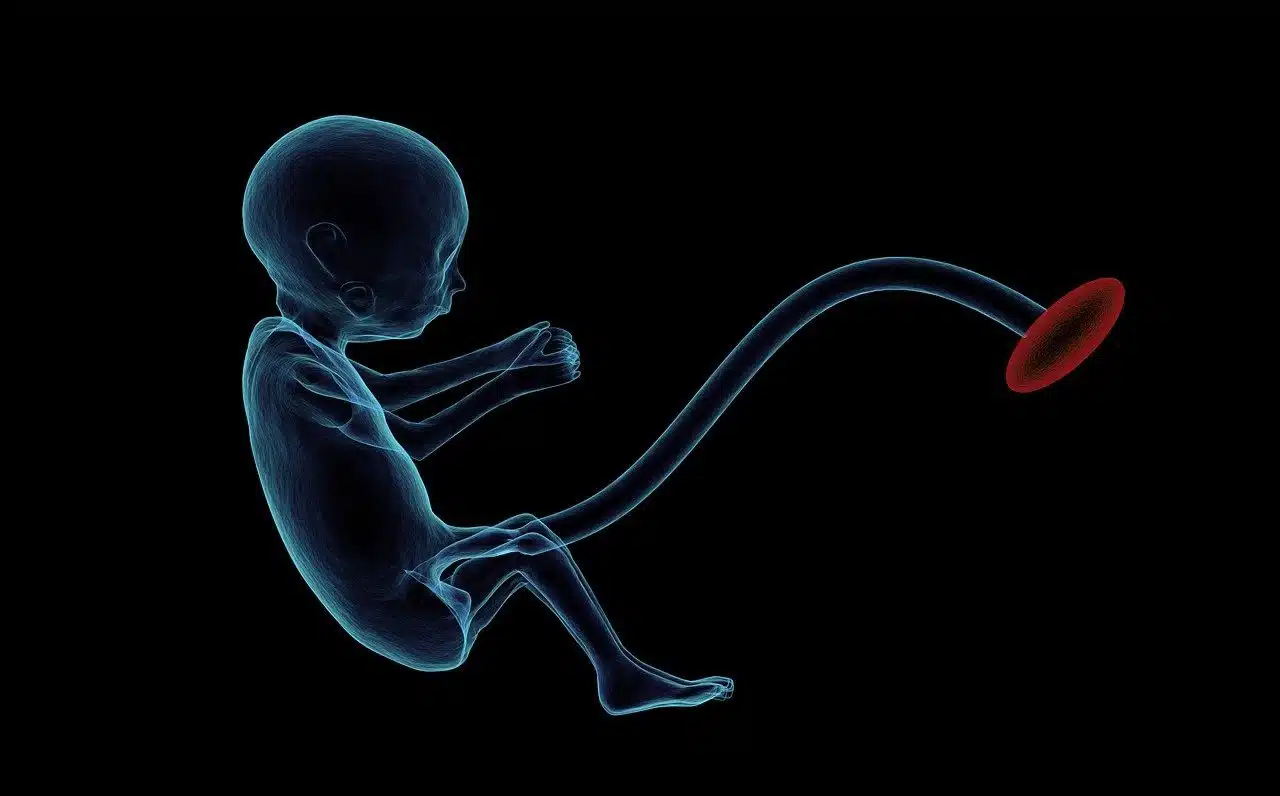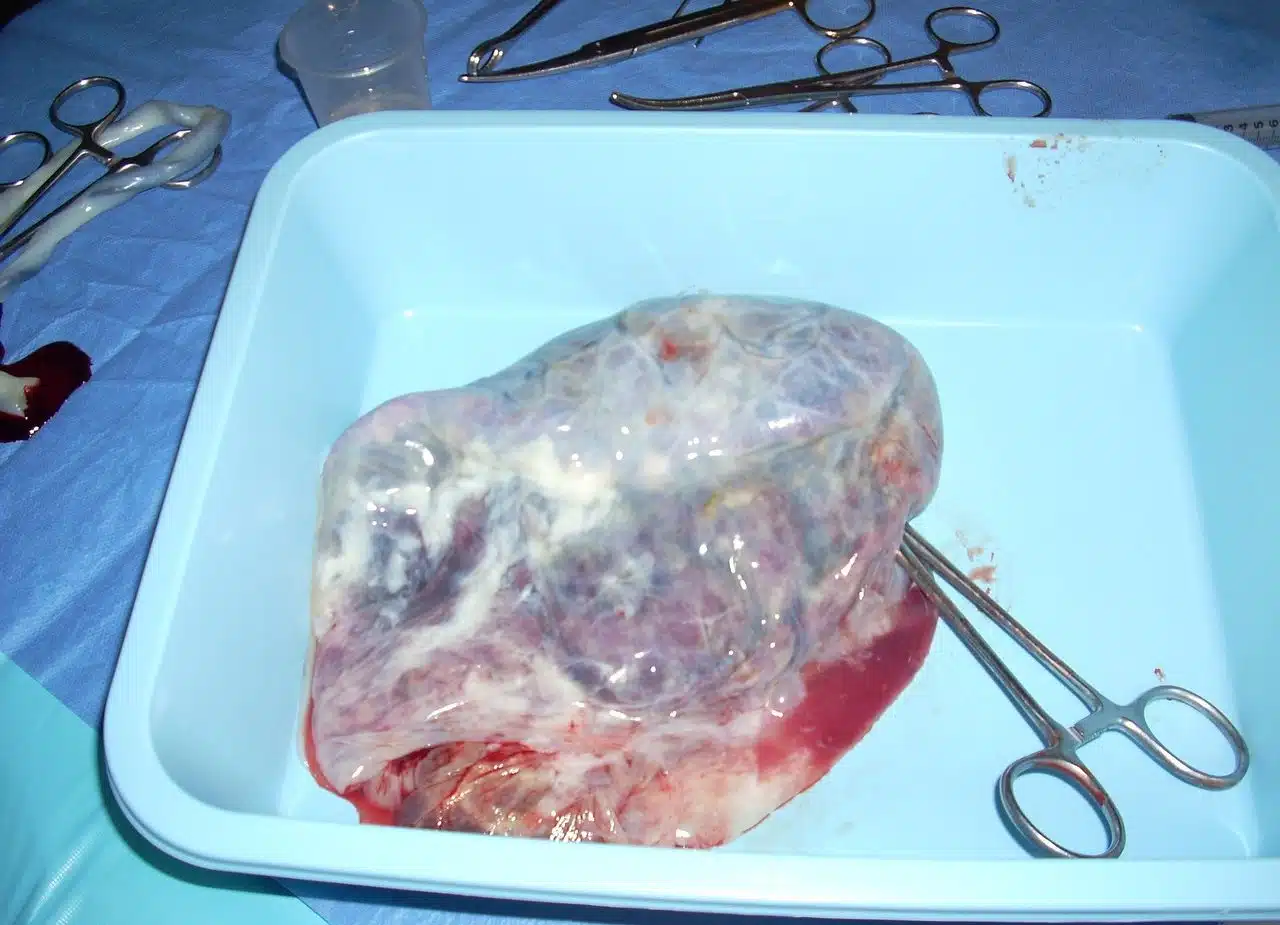
The fetus feeds and breathes thanks to the placenta.
The placenta is the organ that arises in the umbilical cord and that allows intermediation between the mother and her baby or offspring while pregnancy develops. Thanks to the placenta, which is attached to the uterus , the baby can nourish itself, breathe and expel waste.
In the Latin placenta , which means "cake" is where the etymological origin of the term that concerns us now is found. However, we cannot forget that that word, in turn, emanates from the Greek plakous , which can be translated as "flat cake."
It is precisely considered that placenta was used with that meaning of sweet until the 16th century , when it began to be used within the medical field to refer to that organ that is established between the fetus and the mother and from which the umbilical cord is also born.
Placental function
There are different types of placenta depending on the species. In the case of humans , the placenta is classified as hemochorial since the tissue of the fetus comes into contact with the mother's blood.
As the pregnancy progresses, the placenta loses thickness so that the exchanges are more intense. Once delivery occurs, this organ does not have to fulfill any other function, so the mother expels it. Some animals, and even humans depending on culture, can eat the placenta once it is removed from the mother's body.
Placenta previa , on the other hand, is a problem that can arise during pregnancy when this organ adheres to the lower region of the uterus , which can cause the cervix to become blocked. The placenta previa, therefore, prevents the fetus from leaving the uterus through the birth canal.

After giving birth, the mother expels the placenta.
Placentophagy
The ingestion of the placenta is called placentophagy . There are physical reasons that justify such behavior: due to its components, it can facilitate the secretion of breast milk and reduce the stress that occurs during childbirth, for example.
A few years ago there was a big stir when actor Tom Cruise said he would eat the placenta of his daughter Suri 's mother, although he later denied it.
The placenta in cosmetics
Currently, it must be recognized that the placenta has begun to occupy an important place within the beauty and image sector in general. Thus, different treatments have emerged that are based on the use of it, because it is considered to have properties that make it a great tool to achieve, for example, younger, radiant and softer skin.
Specifically, whether with a woman's placenta or a sheep's placenta, there are aesthetic treatments that provide the following benefits:
- Puts an end to acne problems.
- It acts as natural collagen and allows the skin to achieve greater elasticity.
- Helps to have more hydrated skin.
- It significantly slows down aging.
- It makes the facial skin much firmer.
